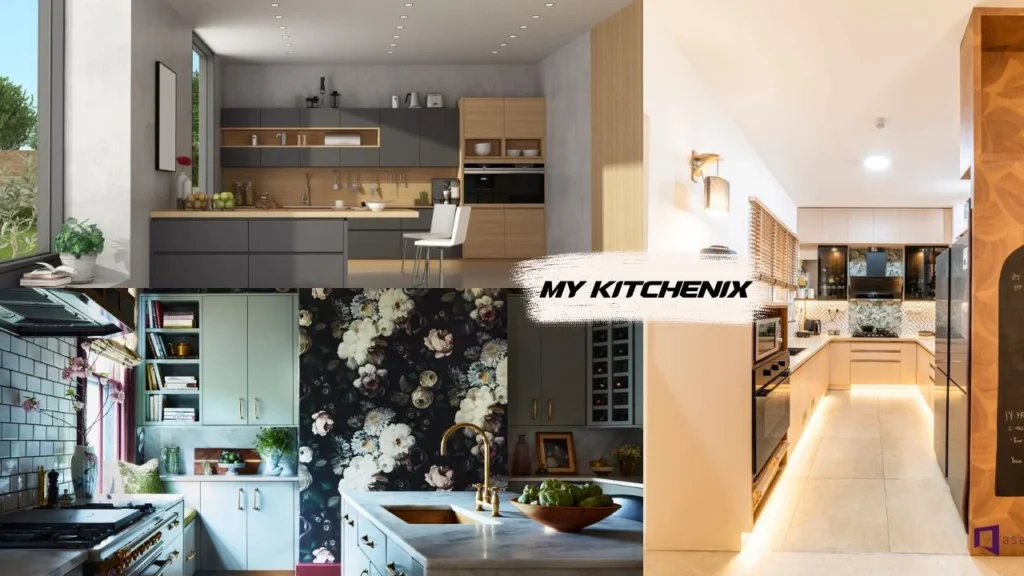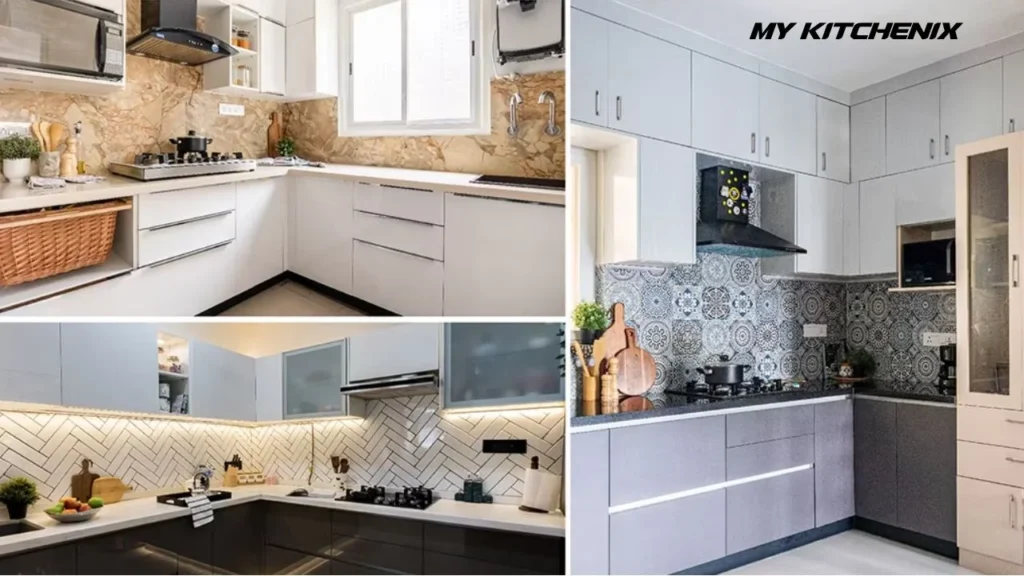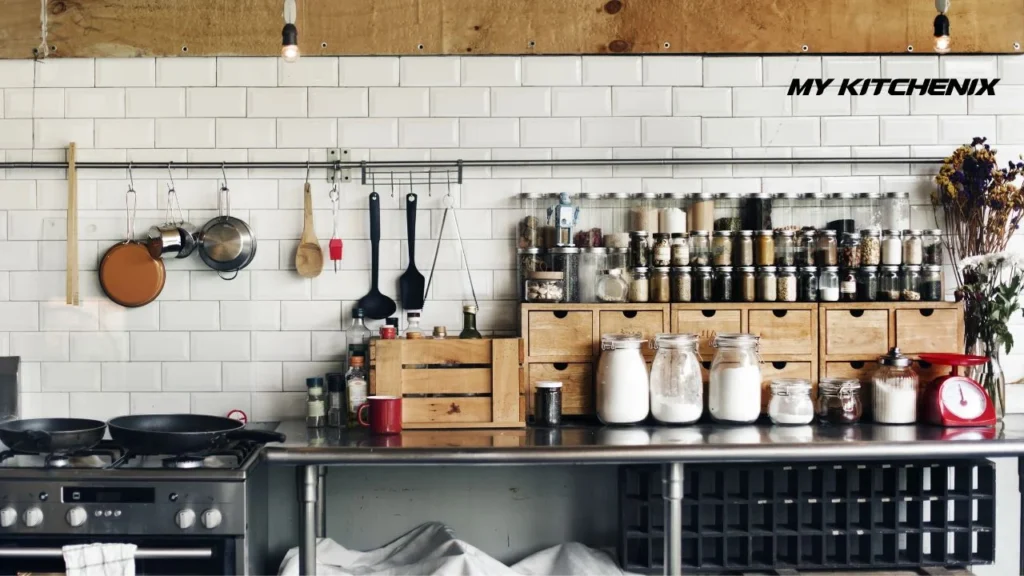In this long and comprehensive article, you will find how to plan a kitchen? Best Expert Design Tips. In any house, the kitchen is among the most important and often utilized area. A place where friends and family get together, memories are made, and tales are told. For these reasons it’s important to create a kitchen perfectly fit for your house and needs. Designing a kitchen that not only fulfills your demands for cooking but also expresses your sense of style and way of thinking might be interesting and scary at the same time.
Identifying Your Needs
From recognizing your area to choosing the best kitchen layout, from establishing your budget to selecting the right tools and equipment, we have covered every factor you would potentially need to consider. Here, we’ve gathered professional tips from top UK kitchen designers to help you create a kitchen space that is beautiful, functional and certain to last.

Understanding Your Space
The kitchen is the center of your house, thus knowing its measurements is essential, just as with any other organ. The kitchen’s measures, which include wall-to-wall and floor-to-ceiling measurements. Also the separations between important elements like windows, doors, and appliances, serve as your guide.
i). Importance of Accurate Measurements
Accurate measurement is essential to prevent unneeded complications throughout the kitchen renovation process. Planning for the kitchen’s area now begins.
ii). Space Planning Considerations
It’s similar to assembling a sophisticated jigsaw puzzle in which every component stands in for a furniture or equipment. When choosing where to position these components, take use, practicality, and beauty into account. Remember, the kitchen serves as a meeting place for family and friends in addition to being used for cooking.
iii). Impact of Windows and Doors
Space planning and kitchen layout are closely connected topics. Common forms are galley kitchens, L-shaped kitchens, and U-shaped kitchens. These layouts balance the three main kitchen zones—preparation, cooking, and cleanup—while effectively using the space available. Remember to account for the windows and doors in the kitchen. They have an impact on cabinet and appliance layout and are crucial for ventilation and natural sunlight. Make sure there is a free path for mobility and that they are not blocked by kitchen appliances.
Another essential component of your kitchen design is the arrangement of the plumbing. Plumbing that already exists generally dictates where sinks and dishwashers go. Seek expert advice if major adjustments are necessary.

Defining Your Style for kitchen
Your taste and uniqueness show in your kitchen design. When it comes to kitchens’ units, appliances, worktops, and decorative accents, the design identity will really guide most of the decisions.
i). Exploring Kitchen Styles
Contemporary kitchens are truly defined by clean lines, minimalist aesthetics, and innovative storage ideas. While often incorporating appliances and materials at the very forefront in the evolution of technology, including stainless steel and quartz.
Shaker kitchens are plain and unornamented in their design. They are focusing on the quality of construction and functionality. They usually consist of wooden cupboards with recessed panel doors and softly colored neutrals.
Country-style kitchens present a warm and inviting atmosphere, a homely feel the first instant. They usually feature lots of wood furniture, open shelving, traditional textiles, and soft, muted colors.
Industry-style kitchens are in demand due to their raw, unprocessed appearance. Also showing pipes and the usage of tough materials like concrete and metal that add an edge and urban feel. Comfortable and homey, farmhouse-style kitchens are also often equipped with vintage hardware, open shelving, and lots of warm natural materials—wood and stone.
ii). Personal Touches
Defining a kitchen style is quite personal, as there are no ‘rights or wrongs.’ You take a little bit off from those few styles and put those bits together into one such design that best speaks for your own personal taste.
The Scandi-style kitchen speaks of simplicity: functional, minimalistic, with a mix of textures, and muted tones overriding the space here and there until some bright color splash breaks through. Rustic kitchens are cozy, somewhere-in-the-country in atmosphere and feel; raw, natural materials such as wood and stone are joined together with earthy colors to fashion a haven of warmth.
The kitchens of French homes are in perfect proportion to both elegance and rustic charm with soft colors, ornate woodwork, and chunky furniture. On the other hand, American kitchens signify the features of spaciousness, island-like structure in the middle of the room, lots of storage space, and top-of-line appliances.

Choosing the Kitchen Layout
Most likely, choosing the proper layout of the kitchen is probably the most important decision to be made while designing your dream kitchen. Each of these kitchens has its definite advantages and is best suited for different lifestyles and, at the same time, for space constraints.
i). Layout Benefits
The galley kitchen is perfect for smaller spaces, with its efficient corridor-style design. A kitchen of this description has two parallel runs of cabinetry and appliances that allow everything to be at arm’s length.
ii). Flexibility of Layouts
The L-shaped kitchen would work well in medium to large-sized areas, with this layout having more flexibility, presenting ample countertop space with storage. This allows for an open design that integrates well into dining or living areas.
iii). U-Shaped Kitchen Advantages
The U-Shaped kitchen shape works especially well in larger kitchens. This is because you have three walls lined with cabinets and appliances, allowing a great deal of storage and counter space.
iv). Island and Peninsula Options
The Island kitchen provides a free-standing workstation in the middle of the room. Setting up one like this design will not only add extra space for food preparation but also give out an area for mingling. The Peninsula also resembles the island kitchen in some ways but connects the freestanding workspace to the rest of the kitchen with an attached wall—and that is one great solution for homes with limited space.

Selecting Cabinets and Storage Solutions
The kitchen cabinets usually form a major investment, and it would be very important to select them wisely. They highly contribute to the general aesthetic of your kitchen in addition to functionality.
i). Cabinet Styles
There is great variation in cabinet styles that ranges from modern to traditional; further, variations are based on door profiles, internal storage, and colors.
ii). Finishes and Materials
Cabinet finish type sets a complete renovation of appearance in your kitchen, with options that include painted, grained, glazed, smooth, and vinyl-coated finishes.
iii). Creative Storage Ideas
Think outside the box when it comes to storage in the kitchen. Some really creative options include pull-out racks, pan drawers, internal drawers, larder units, and corner cabinet carousels that can help in maximizing storage and access.

Backsplash Ideas
In addition to its practical need, the kitchen backsplash offers an opportunity to introduce creativity and uniqueness into your cooking space. Kitchen backsplash ideas might be basic or lavish depending on your style.
i). Material Options
You have lots of backsplash materials at hand. Available in a rainbow of colors, styles, and sizes, ceramic or porcelain tiles have a traditional appearance. Splashbacks in granite, quartz or laminate complement the worktops in terms of clean continuous appearance. Most individuals go for a basic upstand and then run full height behind the sink or hob.
ii). Creative Designs
Creative splashbacks go beyond just tile work. For a modern or industrial design, think about stainless steel. Try diverse forms, such hexagonal or herringbone patterns, for a distinctive look; be inventive with your tile backsplash design. While glass splashbacks can have custom colors or pictures producing a really unique appearance.
iii). Ensuring Practicality
Whatever you decide, make sure it compliments the general attractiveness of your kitchen by providing enough kitchen wall protection from splatters and stains.

How to Choose your kitchenware
In regards to kitchenware, their choice has to be motivated by space concerns, energy economy, aesthetics, and usefulness.
i). Energy Efficiency
Choose energy-efficient appliances to cut your carbon impact and help you save on power costs. Energy ratings abound for appliances like ovens, dishwashers, and refrigerators; the greater the efficiency the higher the rating.
ii). Appliance Integration
Built inside your kitchen cabinets for a flawless appearance are integrated appliances. Perfect for minimalist or tiny kitchens, they have a simplified look.
iii). Smart Kitchen Gadgets
Enhanced convenience and functionality come from smart kitchen gadgets such programmed cookers and refrigerators that notify you when you run low on goods. Appliances should complement the size of your kitchen. While smaller appliances might appear out of place in a big kitchen, a giant appliance could overwhelm a small kitchen. Investing in reputable companies with strong warranties and lifetime performance is always well worth it. The position of your appliances should also be taken into account; traditionally ovens were placed at a low level, but today it is more typical to have integrated ovens at a higher level to conveniently reach them and combine stacked equipment, such as microwaves and combination ovens.

Expert Tips for Lighting Plan
Good kitchen lighting design promotes not only appearance but also efficiency.
i). Task Lighting
Task lighting gives counters, sinks, and stoves—among other work-intensive spaces— illumination. This can show up as pendant lights or under-cabinet lighting.
ii). Ambient and Accent Lighting
Warm and inviting ambient lighting is ideal for informal meals or socializing. This may be accomplished with diffused light-producing ceiling-mounted or recessed fittings. Accent lighting gives your kitchen character and richness. It can show architectural details or exhibit objects. Sit it above open shelves or within glass-front cabinets.
iii). Complementing Style
Your choice of kitchen light fittings should complement the general architectural style of your kitchen and satisfy several lighting requirements.
Difference Table
| Aspect | Traditional Approach | Modern Approach |
|---|---|---|
| Space Utilization | Focuses on basic layouts without optimization | Employs advanced layouts like zoning for efficiency |
| Design Style | Often adheres to classic aesthetics | Embraces a mix of styles with a focus on minimalism |
| Cabinet Choices | Limited to standard designs | Includes innovative storage solutions |
| Backsplash Options | Typically conventional tiles | Explores creative materials like glass and stainless |
| Appliance Selection | Standard appliances are used | Prioritizes energy efficiency and smart technology |
| Lighting Design | Basic overhead lighting | Incorporates layered lighting for ambiance and task |
| Overall Functionality | Emphasizes aesthetics over practicality | Balances beauty with functional design |
Conclusion
The process of designing one’s kitchen combines functional cooking with a reflective atmosphere—the realization of life and style. First, understand the space, then define your style, choose an appropriate layout, quality materials, and finally add thoughtful lighting to your kitchen in order to make it beautiful and practical. From expert advice to ample planning, this dream kitchen can just be a place where family and friends share meals, laughter, and memories. Take time to pay attention to each element, invest in quality, and let your creativity take over. This is how your kitchen will ensure a place you will continue loving for years to come.
FAQs
1. How do I decide on the perfect kitchen layout?
The best kitchen layout is dictated by the size and shape of your kitchen, as well as by your cooking habits or lifestyle. Consider typical layouts like galley, L-shaped, U-shaped, and island kitchens. First, measure your space with realism and then consider practical traffic flow around preparation, cooking, and clean-up work zones. It’s also helpful to start envisioning how frequently one entertains or cooks in order to find a layout that would work for you.
2. What types of materials are available to consider when building my kitchen cabinets?
Kitchen cabinets represent quite a few durable and aesthetic alternatives. The first one is solid wood, probably the most popular option, as it usually tends to be quite attractive and can really withstand the years unless totally messed up with poor maintenance, while plywood remains strong yet affordable. Laminate cabinets are easy to clean, while metal cabinets give off that modern look. Besides, consider the finish: painted, stained, or glazed in complement with the style of your kitchen.
3. How Would I Be Able to Get Maximum Storage in My Small Kitchen?
Yes, there are creative ways of realizing maximum storage in a small kitchen. Go for cabinets reaching to the top and make full utilization of the small kitchen’s vertical space. Add pull-out shelves, lazy Susans, or even corner cabinet carousels so everything can be at your fingertips. Use wall-mounted shelves for even further storage and display. Slide under storages of multi-functional furniture like kitchen islands.
